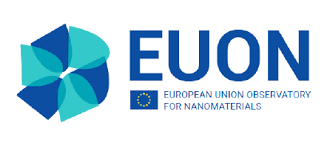Chemycal has been acquired by 3E
Learn MoreChemycal has been acquired by 3E
Learn MoreDiscover how Chemycal PRO helps you boosting your regulatory monitoring:

The emergence of nanotechnology opened new challenges in occupational health and safety. Over the last 15 years scientists have paid attention to the development of new instruments capable of measuring personal exposure to nanosize particles. New frameworks, methodologies and standards to assess and control exposure to engineered nanomaterials (ENMs) in the workplace have been published. A large effort has also gone to establish grouping approaches according to how they exert their toxicity and towards the development of occupational exposure limits (OELs). This task has been difficult due to the high diversity of ENMs, the uncertainties on their mode of action and on selecting the metric that best represents the end point.
Since 2007 some institutions, like the UK British Standard Institute (BSI), US National Institute of Health and Safety (NIOSH), the German Institute of Occupational Safety and Health (IFA) and the Dutch government started to recommend pragmatic "benchmark exposure levels” to control workplace exposures to nanomaterials. Undoubtedly, this was a necessary measure to minimize exposure. However, these benchmark values were developed following different approaches (Mihalache et al. 2016) (1) and with the exception of those proposed by NIOSH do not represent health-based occupational limit values. Health-based inhalation OEL are time-weighted average (typically 8-h) air concentrations believed to represent a safe level of exposure for most workers over their working lifetime. Benchmark values are cautious levels to prevent exposure but do not represent safe levels to which workers can be exposed without developing adverse health effects.
It has taken time, but some advances on this front have been published recently. Visser et al. (2) published this year (2022) recommendations from an expert panel to establish health-based nano reference values differentiating six groups of ENMs.
2013 © MyChemicalMonitoring. ALL Rights Reserved. About Us | Terms and Conditions